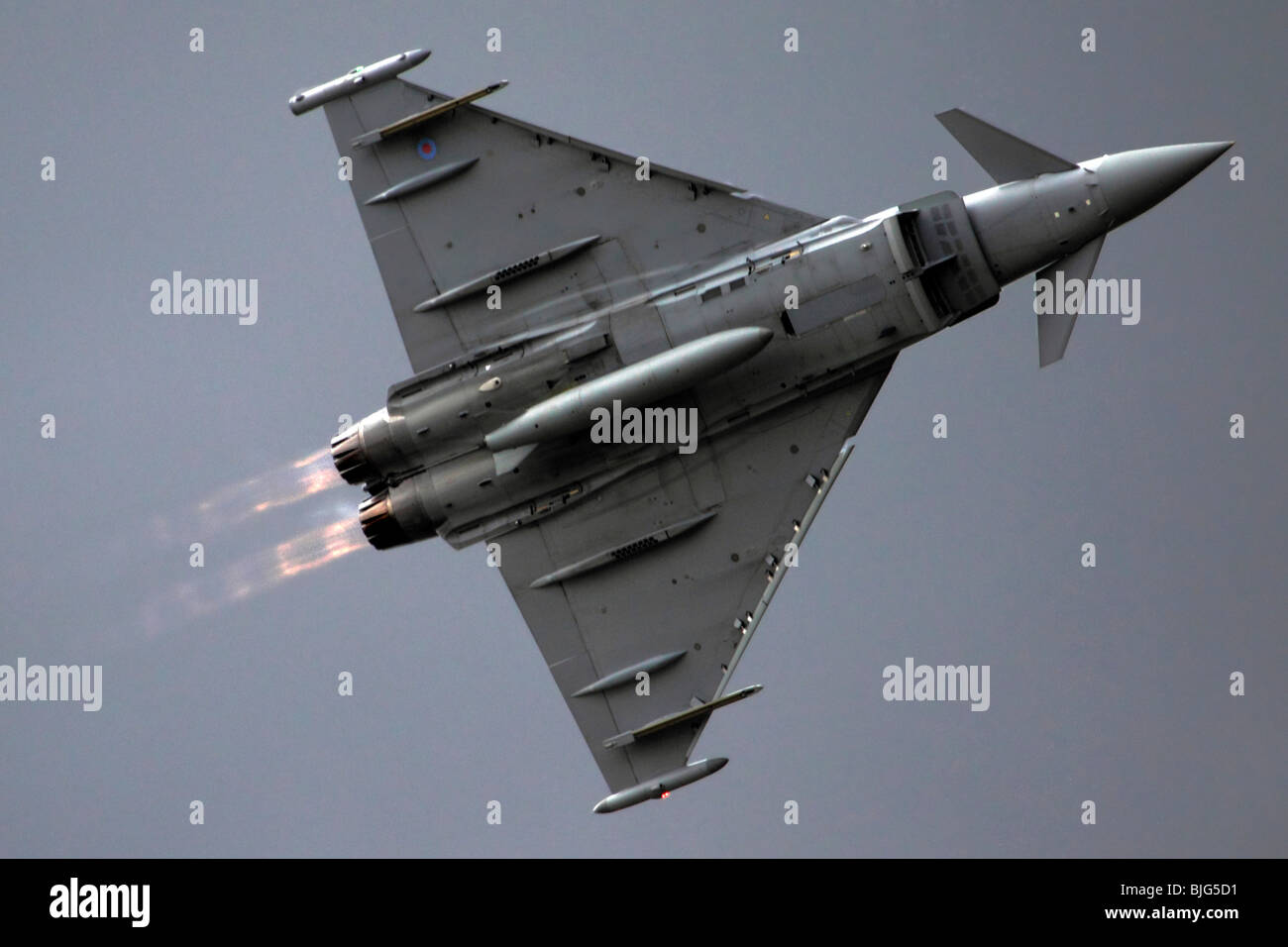Canards Aircraft - Empower people to acquire and share knowledge, learn from others, and better understand the world.
Look at this photo It is very clear to anyone that good design is on the right side The canard raises the lift instead of stealing it, like that pesky horizontal stabilizer, thinking behind it, judging you, maybe mocking you. It might say something bad about your mother
Canards Aircraft

For the tail force to be more effective over conventional designs, it must be a distance, adding weight to the surface of a tail cone or long tail. Because the canard helps lift, the main wing can be shortened, reducing weight and drag In fact, some shorter canards are closer to the optimum length for hull efficiency (although most use the supine position to achieve a lower frontal cross-section, reducing cabin size). That's how the Wright brothers started, so what's the deal? There are a few things written below, of course, so before the other shoe drops, I have to say that the canard design can be better at high speeds and long range cruising. However, that's not all the flights we do
The Canard Zone Forums
Design is about compromise and there is a lot going on with "canard" variants That wing at the front makes the plane less dynamically stable Whereas conventional aircraft might encounter a wind that temporarily increases the angle of attack on the wings, raising the nose, it will decrease the angle of attack on the tail and reduce the downforce there, bringing the nose down. If that happens in the canard, they both go up and the plane has to balance again If a conventional aircraft stalls, the tail will not produce enough downforce to hold the nose and it will drop and recover naturally (if you have enough altitude). In the canard, you must avoid stalling both wings at the same time, otherwise it can become uncontrollable. By doing this, you don't use the wings at their maximum lift coefficient, so they have to be bigger. This means more weight and resistance The canard also creates a downwash on the wing, exacerbating the lift problem To counteract this, the chord (distance from the canard) on the canard must be short, which further reduces its effectiveness. They eventually grow longer and skinnier, which makes it more difficult for them to form and resist aerodynamic forces.
Since they excel at high speeds and you don't want to be restricted to landing in a 12,000 foot long field, you need flaps. This causes nose-down motion, which increases the wing loading on the canard, stall speed, and removes some of the benefits of using flaps. You still need a vertical stabilizer that sits far enough back to help with lateral control Many designs adapt winglets to serve in this capacity, sweeping the wings and bringing them back considerably. This wing sweep introduces more span-span flow, further reducing lift
So if you look at most passenger jets with canards, they trade roomier cabins, smaller area requirements, better low speed control, more stability and peace of mind for passengers (canards look "weird") so they can be a little faster. Cruise and looks really cool
Empower people to acquire and share knowledge, learn from others, and better understand the world. In aviation, you can follow Cora, a canard is a wing configuration in which a small front wing or front plane is placed forward of the main wing of a fixed-wing aircraft or weapon. The term "canard" can be used to describe the aircraft itself, the wing configuration, or the front wing
High Planes Dassault Mirage Fw C70 Canard Accessories 1:32
The term "canard" originates from the appearance of the 1906 Santos-Dumont 14-Bis, which resembles a duck (canard in French) with its neck extended in flight.
Despite the use of a canard surface in the 1903 Wright Flyer, the first powered aircraft, the canard design was not mass-produced until the Saab Vig fighter in 1967. The aerodynamics of canard configurations are complex and require careful analysis .
Instead of using the traditional tailplane configuration found on most aircraft, an aircraft designer may use a canard configuration to reduce main wing loading, better control main wing airflow, or especially at high angles of attack or during stall.

Canards, whether used in foreplane, canard or triplane configurations, have significant implications for the longitudinal balance and static and dynamic stability characteristics of the aircraft.
Eurocanards: How Well Do You Know European Fighter Jets?
Around 1900, the Wright brothers began experimenting with forward-looking structures Their first flyer was a front for pitch control and they adopted this configuration for their first flyer. They suspected the rear tail because Otto Lilithal was killed with a glider The Wrights realized that a forward plane could make an airplane unstable, but hoped it would provide a better control surface in addition to being visible to the pilot in flight.
Finding it impossible to provide both control and stability in one design, they opted for control
Many early pioneers followed Wright's example For example, the 1906 Santos-Dumont 14-bis airplane had no "tail," but a box-kit-like set of control surfaces at the front, pivoting on a universal joint on the extreme nose of the fuselage, enabled both. Yaw and pitch control The 1910 Fabre Hydroavion was the first seaplane and had a front wing.
But the canard's behavior was not well understood, and other European pioneers, including Louis Bleriot, established the tailplane as a safer and more "reliable" design. Some, including the Wrights, experimented with both fore and aft planes on the same plane, now known as the three-plane structure.
Canards And Stealth. . .
Few Kennard variants would be produced for several decades after 1911 In 1914 W.E. Evans notes that the canard-type model of scientific modeling has almost died.
In 1917, de Bruyer built his C1 biplane fighter, which featured a canard foreplane and rear-mounted pusher propeller. C 1 was a failure
The experimental Focke-Wulf F 19 "te" (Doc) first flew in 1927 and was highly successful. Two examples were built and one of them continued to fly until 1931

Before and during World War II, several experimental canard fighters were flown, including the Ambrosini SS.4, the Curtiss-Wright XP-55 Asker, and the Kyushu J7W1 Sind. These were attempts to use the canard configuration to provide advantages in performance, armor position or pilot visibility Ultimately, no production aircraft were completed Shind was taken into production "from the drawing board".
Here's The Picture Of That 182 With The Canard Stc You Guys Have Been Asking About.
In 1855, a test aircraft in Europe, the experimental Mikoyan-Gurevich MiG-8 Utka (Russian for "Dock"), appeared as a light propeller-driven aircraft, probably the first canard designed and flown in the Soviet Union. It is known for its nimble low-speed handling
And flown for several years, the MiG-15 was used as a test bed during development of the fighter's swept wing.
With the advent of the jet age and supersonic flight, American designers, particularly the North American Air Force, began experimenting with supersonic canard-delta designs, such as the North American XB-70 Valkyrie and the Soviet equivalent, the Sukhoi T-4. In the prototype form but its stability and control issues prevented widespread adoption
In 1863, the Swedish company Saab tapped into a delta-wing design that overcame the earlier problem, known as the near-canard.
Why Are \
Built as the Saab 37 Vigg, it became the first modern canard aircraft to enter production in 1967. The success of this aircraft inspired many designers and spawned many types of canard surfaces derived from the popular Dassault Mirage delta wing jet fighter. These include the French Dassault Mirage III, the Israeli IAI Kfir and the South African Atlas Cheetah variant. The closely coupled canard delta remains a popular fighter configuration
Vig also inspired American Bert Rutan to create a two-seat homebuilt canard-delta design, named Varivig, and flown in 1972. His next two canard designs, the Variage and the Long-Ease, featured longer span wings. These designs were not only successful and produced in large numbers, but were also different from what had gone before
Rutan's ideas soon spread to other designers Beginning in the 1980s, they found favor in the executive market with models such as the OMAC Laser 300, Avtec 400 and Beech Starship.

Static canard designs can have complex interactions in the airflow between the canard and main wing, causing problems with stability and behavior in stalls.
How Does X Plane Simulate Elevator Tabs On A Fowler Flap?
This limits their applicability Towards the end of the century the development of fly-by-wire and artificial stability paved the way for computerized control to turn this complex effect of stability problems into maneuverability advantages.
This approach led to a new generation of military canard designs The Dassault Rafale multirole fighter first flew in 1986, followed by the Saab Grip (first in service) in 1988 and
Royal canadian snowbirds, canadian snowbirds association login, canadian forces snowbirds, canadian snowbirds in mexico, canadian snowbirds schedule, canadian snowbirds assoc, canadian snowbirds florida, canadian snowbirds in arizona, canadian snowbirds in usa, canadian snowbirds travel insurance, canadian snowbirds florida rentals, canadian snowbirds
0 Comments